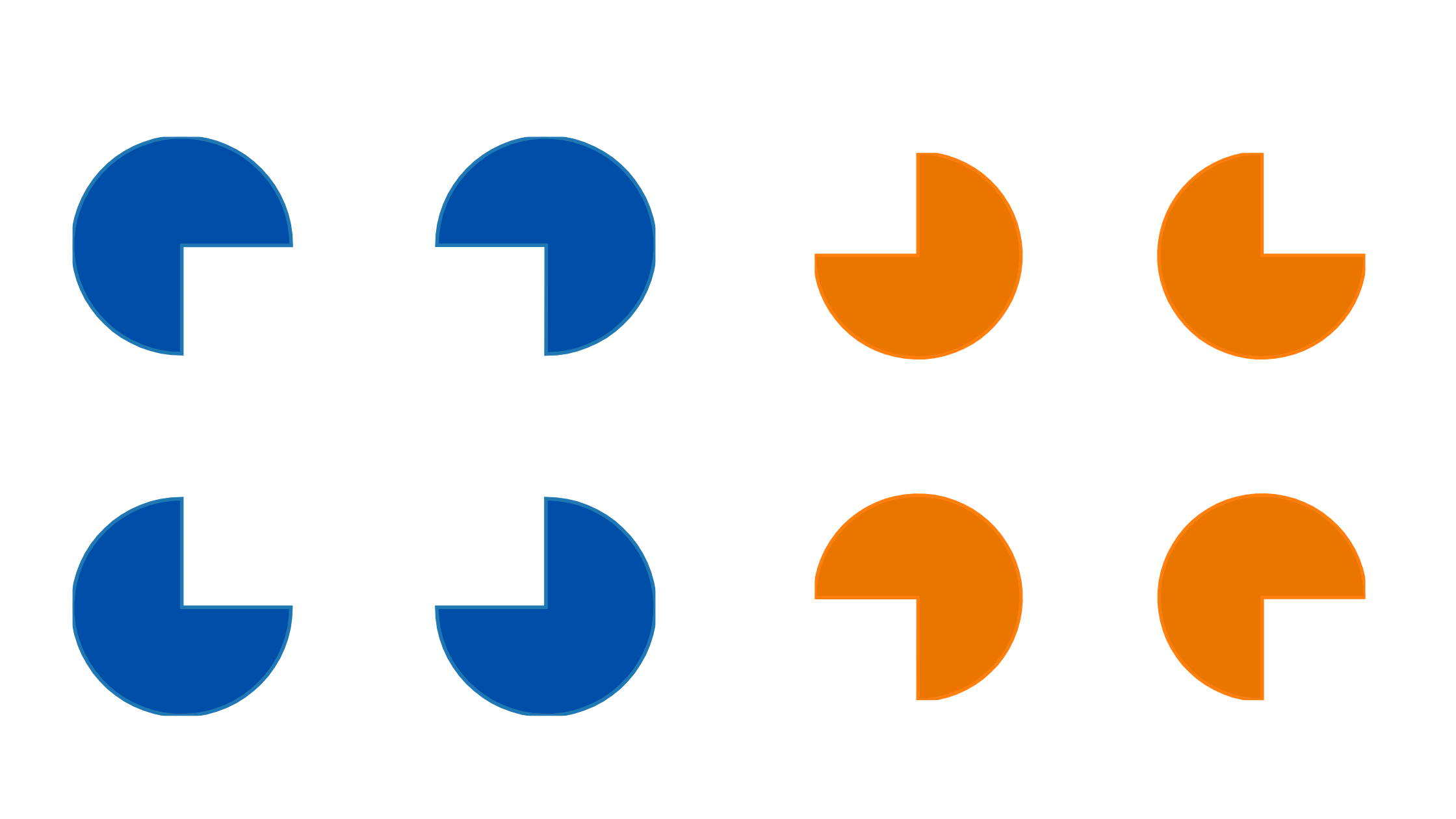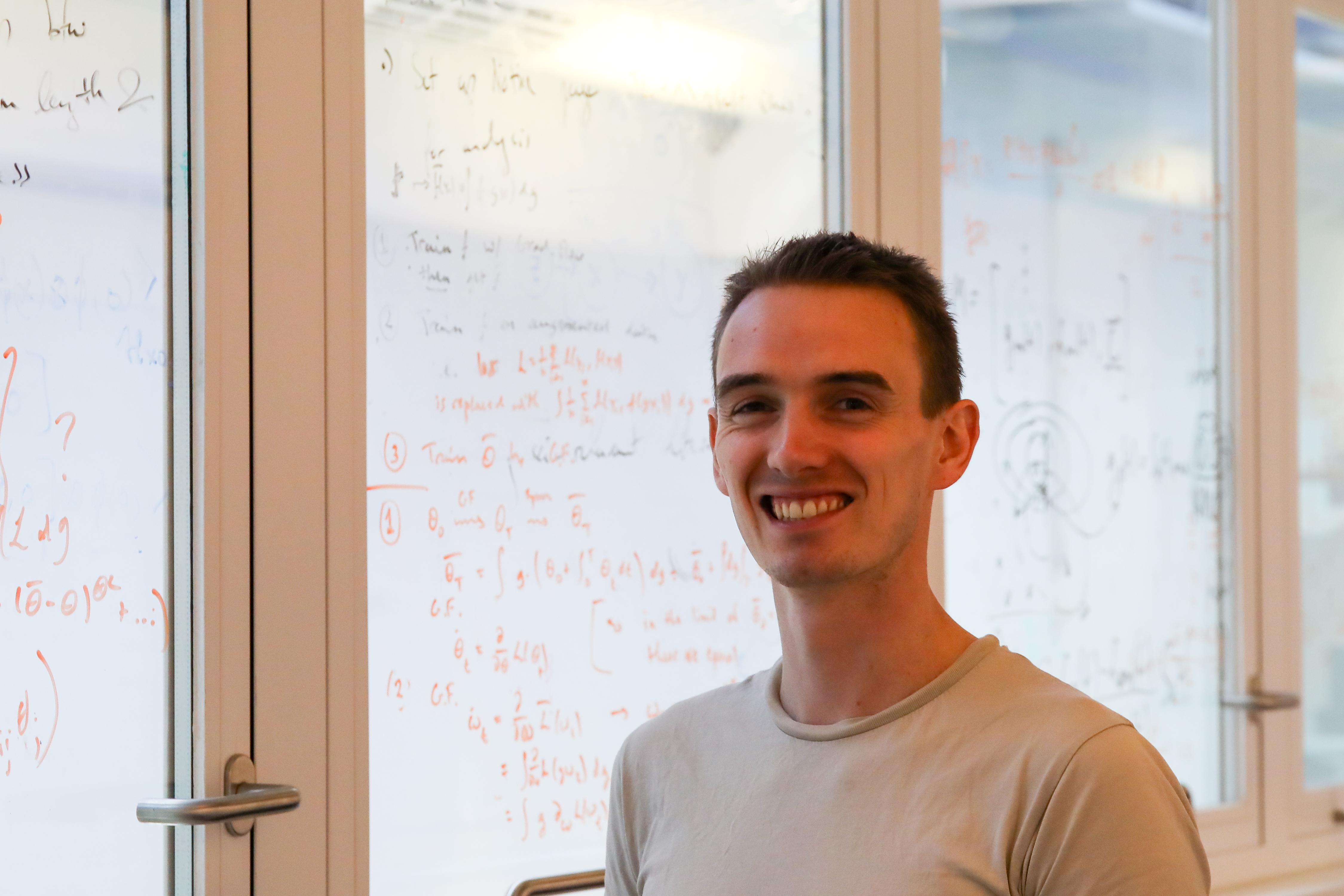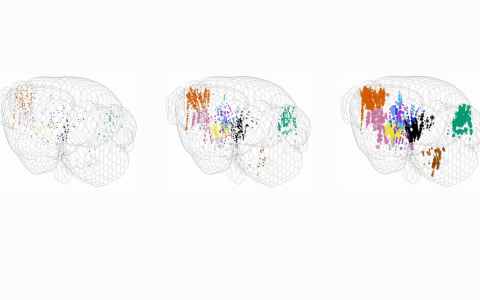
A new theory of planning
Whether we are thinking about what to have for dinner, how to get to an appointment on time, or booking our next holiday, the ability to plan is critical. By planning, we can anticipate the future and adjust our actions as time moves on and the world changes around us.
It is well known that a part of the brain called the prefrontal cortex is crucial for this process, but it remains unclear how planning is implemented in the billions of neurons it contains.
New research from Dr Kris Jensen and colleagues in the Behrens lab at SWC, UCL and the University of Oxford explores how the prefrontal cortex makes plans. Their work combines knowledge of neural processes known to occur in other brain systems, such as the visual system, with recent observations that different prefrontal neurons represent different steps of future behaviour. The result is a new theoretical model of how the prefrontal cortex plans behaviour, called a ‘spacetime attractor’, that is now published as a preprint.
This work takes an original approach that, for the first time, has the potential to unify our understanding of prefrontal areas with the rest of the cortex. If correct, it would pave the way for a detailed mechanistic understanding of how the prefrontal cortex guides flexible, goal-directed behaviour.
Filling in the blanks
Decades of research have shown that the brain solves many problems by inferring missing information. For example, when part of an object is obscured from vision, we mentally fill in the gaps. This is possible because neurons are constrained to represent meaningful interpretations of the environment. We know what different objects generally look like, and visual inputs select between these possible interpretations to infer what we can’t see. The same process is known to be involved in spatial processing and language comprehension.
The new research by Dr Kris Jensen and colleagues proposes that the future can be ‘inferred’ in a similar way.
“We found that you can solve planning using the same principles that the brain uses to infer features of the present; from a partial input,” says Kris, a Senior Research Fellow at SWC and lead author of the work.
Kris explains, “The theory proposes that if you know about the structure of time, such as which states and actions are likely to follow one another, and you combine that with a goal, like getting to your important appointment, then your brain can automatically fill in the gaps. This means if you know the constraints of the day, you do not need to think about every single action – the prefrontal cortex rapidly fills in the details. Perhaps you immediately know that you need to get lunch before leaving for the appointment, because the cafeteria will be closed afterwards.”
While it may sometimes feel like we’re thinking about different choices all the time, we rarely explicitly think through every single action we need to take in order to realise our goals. Instead, most of the decisions we make minute-to-minute are largely unconscious – our brain simply ‘sees’ which sequence of actions we should take.

Diagram illustrating visual inference. This process relies on structural priors built into the brain’s circuitry, where neurons that represent consistent visual features activate one another.
The work builds on the team’s recent observations in mice that different neuronal populations simultaneously encode different steps of future behaviour, while taking inspiration from earlier research that shows how flies keep track of their orientation.
“We demonstrate that combining known prefrontal representations of future behaviour with the ubiquitous principle of neural attractor dynamics allows circuits to solve complex problems, including planning,” says Kris. The theory shows for the first time that planning can be solved using the same basic neural computations known to exist in the rest of cortex, and even in simpler invertebrate brains. While it builds on these simple ideas, it also helps explain the difficulties experienced by people with prefrontal lesions, where the ability to plan the future in a changing environment is diminished.
An efficient solution to planning
To better understand how the ‘spacetime attractor’ can plan, the team used a model from artificial intelligence called a recurrent neural network (RNN). They trained the network to solve difficult planning tasks and found that the model solved the problems in exactly the same way that they predicted the brain solves them.
“Recurrent neural networks trained on dynamic planning tasks learn a solution that precisely recapitulates the spacetime attractor – in representation, in dynamics, and in connectivity,” says Kris. This suggests the algorithm is an efficient solution and might help explain why evolution has given humans such a large prefrontal cortex.
“Something I'm very excited about is how all the pieces of the puzzle fit together,” he adds.
Next steps
The team will now test the theory experimentally, collaborating with other groups at SWC and Oxford.
“This work is not the first step of the journey – it builds on experimental work that builds on theoretical work that builds on experimental work and so on. We've made the next step towards a theoretical understanding of how the brain plans, and now we need to test it in a real brain,” says Kris.
The teams will test critical predictions from the model, including ideas about how neurons that represent different features of the world should be connected. They think that neurons will inhibit each other if they represent futures that are mutually exclusive – you can’t be in two places at once – and excite each other if they represent different aspects of the same future.
Kris adds, “We're all super excited about the next set of experiments.”

Dr Kris Jensen
Find out more
-
Read the preprint in bioRxiv, ‘A mechanistic theory of planning in prefrontal cortex’
-
Learn more about research in the Behrens Lab


